Received my 25A 20s lithium charger after waiting what felt like forever.
It’s rated at 25a on 220v circuit
And 13/14a on 110v circuit.
I first tried it in a 110v circuit using provided adapter. No issues after 20 minutes.
I unplugged battery, unplugged charger. Switch to 220v circuit with 30 amp plug (dryer circuit) had them wire the matching plug I had (10-30p)
It ran for around 5-10 minutes, I felt it at the 5 minute mark and it was room temp. Had a work call, came back to charger 5 minutes later and it was off. And the 220v breaker was popped.
I checked everything, unplugged battery. Contacted seller, they said to see if charger still worked. As soon as I plugged charger into wall I heard a pop from inside.
When I opened it, I found (see photos) the mf72 20d25 inrush current limiting transistor exploded. The seller told me to check mosfets and they were also damaged.
Nothing else appears damaged.
Any input on what causes this? If they replace it (they are waiting to talk to there engineer AliExpress purchase) should I fear this happening again?
I am not proficient in circuit boards very much, how ever I could replace the mosfets and transistor (that’s as far as my skills go)
I am just worried about what caused the fault. My smaller charger worked before and after this without any faults.
Pack is a 20s31p and it was exactly at 72.1v when this happened. Bms is set to allow 75a of charging, as that’s what I see on regen at times (e moto)
So can this be fixed? Should it be fixed? Can it fixed to not happen again.
And does anyone offer this service?
It’s rated at 25a on 220v circuit
And 13/14a on 110v circuit.
I first tried it in a 110v circuit using provided adapter. No issues after 20 minutes.
I unplugged battery, unplugged charger. Switch to 220v circuit with 30 amp plug (dryer circuit) had them wire the matching plug I had (10-30p)
It ran for around 5-10 minutes, I felt it at the 5 minute mark and it was room temp. Had a work call, came back to charger 5 minutes later and it was off. And the 220v breaker was popped.
I checked everything, unplugged battery. Contacted seller, they said to see if charger still worked. As soon as I plugged charger into wall I heard a pop from inside.
When I opened it, I found (see photos) the mf72 20d25 inrush current limiting transistor exploded. The seller told me to check mosfets and they were also damaged.
Nothing else appears damaged.
Any input on what causes this? If they replace it (they are waiting to talk to there engineer AliExpress purchase) should I fear this happening again?
I am not proficient in circuit boards very much, how ever I could replace the mosfets and transistor (that’s as far as my skills go)
I am just worried about what caused the fault. My smaller charger worked before and after this without any faults.
Pack is a 20s31p and it was exactly at 72.1v when this happened. Bms is set to allow 75a of charging, as that’s what I see on regen at times (e moto)
So can this be fixed? Should it be fixed? Can it fixed to not happen again.
And does anyone offer this service?
Attachments
-
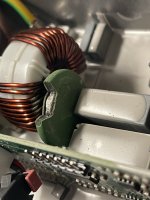 A273EDF3-2294-461D-B261-829C4BAFE667.jpeg645.6 KB · Views: 159
A273EDF3-2294-461D-B261-829C4BAFE667.jpeg645.6 KB · Views: 159 -
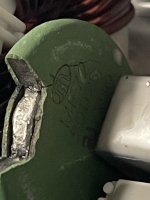 CD985A44-B5CD-4513-A6A8-EDF614AD52C6.jpeg365.1 KB · Views: 159
CD985A44-B5CD-4513-A6A8-EDF614AD52C6.jpeg365.1 KB · Views: 159 -
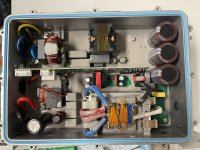 9B1E9D37-84FC-4FDD-A1D1-F296EEB3863E.jpeg3 MB · Views: 159
9B1E9D37-84FC-4FDD-A1D1-F296EEB3863E.jpeg3 MB · Views: 159 -
 4547396D-F78F-476A-A665-FFE2117D5BB8.jpeg2 MB · Views: 159
4547396D-F78F-476A-A665-FFE2117D5BB8.jpeg2 MB · Views: 159 -
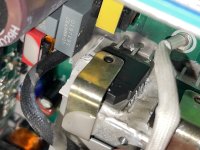 730AFCD3-9EAB-4BA5-B099-AF96459CEAEE.jpeg2 MB · Views: 159
730AFCD3-9EAB-4BA5-B099-AF96459CEAEE.jpeg2 MB · Views: 159 -
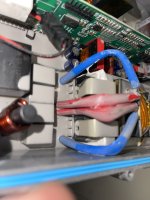 EC0C2424-BB6E-44A7-86D9-98CD2D0ACD2E.jpeg532.2 KB · Views: 159
EC0C2424-BB6E-44A7-86D9-98CD2D0ACD2E.jpeg532.2 KB · Views: 159

